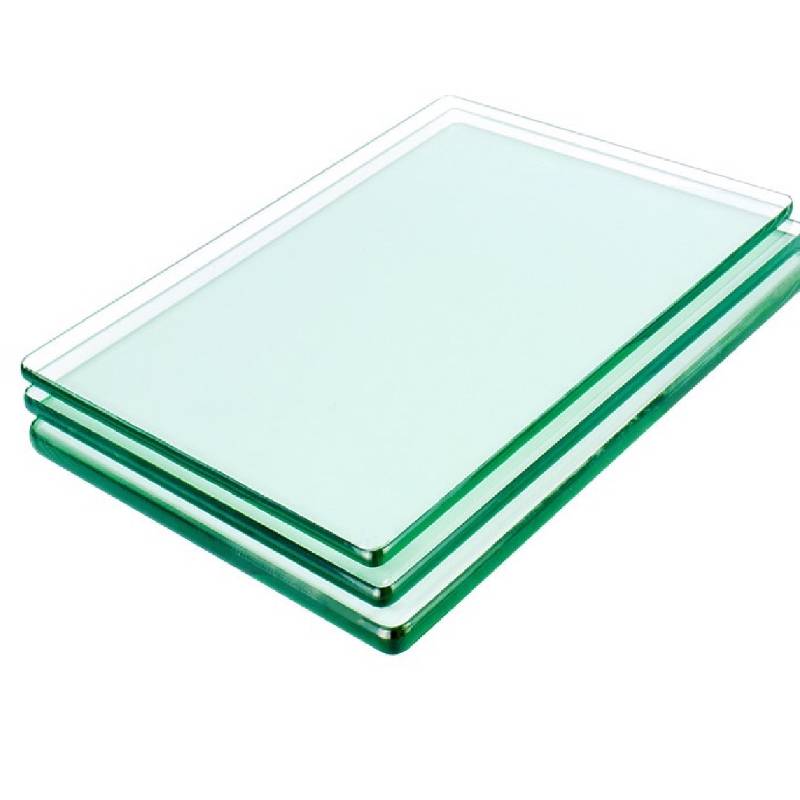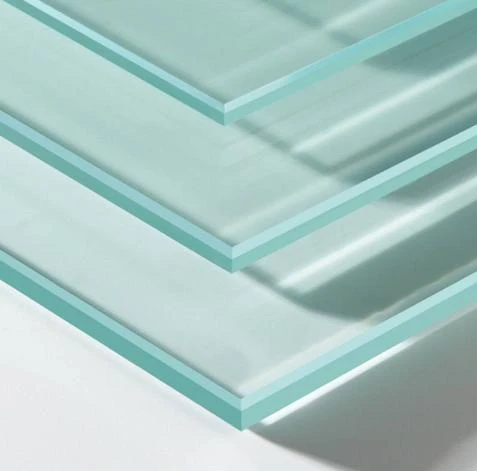Float window glass, a pinnacle of modern design and engineering, holds a significant place in architectural development. Known for its clarity, strength, and versatility, float glass is a revelation in building aesthetics and functionality. Understanding its production, application, and benefits reveals its substantial contribution to contemporary architecture and design.

The production of float window glass involves a sophisticated process developed by Sir Alastair Pilkington in the 1950s. This method transformed the glass manufacturing industry and became the standard for producing flat glass worldwide. In this process, molten glass is poured continuously from a furnace into a chamber containing a bath of molten tin. Due to their chemical properties, glass floats on top, creating a uniform and smooth surface that is unparalleled in consistency.
Crafted to meet a variety of specifications, float window glass can be cut and customized to fulfill architectural and aesthetic requirements, granting architects and designers significant flexibility. Its use isn't limited to residential windows but extends to large-scale glazing for commercial buildings, including skyscrapers and avant-garde structures, enhancing their visual appeal and energy efficiency.

One of the most compelling arguments for using float glass is its exceptional durability and strength. The glass has a high tolerance for thermal expansion and resistance to mechanical stress, making it an ideal choice for environments that require both vision and protection, such as store fronts, office buildings, and even greenhouses. It also offers excellent insulation, which contributes to better energy management by maintaining interior temperature stability, thus reducing heating and cooling costs.
Adding to the versatility of float window glass is its adaptability to various treatments and enhancements. It can be laminated, tempered, or coated with low-E (low emissivity) films to improve its performance characteristics further. Laminating increases the glass's safety by holding it together when shattered. Tempering makes it stronger and safer as it breaks into blunt, less harmful pieces. Low-E coatings enhance energy efficiency by reflecting infrared energy while allowing visible light to pass through.
float window glass
The aesthetic value of float glass cannot be underestimated either. Its ease of cleaning and maintenance ensures that buildings retain their pristine appearance for longer periods. More so, with modern innovations, float glass can be tinted, colored, or frosted, providing endless design possibilities.
Furthermore, its transparency is a key attribute, maximising natural light penetration in spaces, which not only creates visually expansive environments but also supports health and well-being by reducing dependence on artificial lighting. This aspect aligns with modern sustainability practices allowing architects to design buildings that are not only beautiful and functional but also environmentally responsible.
Float window glass also establishes itself as crucial in acoustic insulation, providing quieter indoor environments in busy urban settings. This makes it a vital component in designing spaces requiring peace and calm, such as offices and residential buildings in bustling cities.
Through years of consistent performance and withstanding varied environmental conditions, float window glass maintains its reputation as a trusted building material among industry experts and architects. When sourced from reputable manufacturers adhering to international standards, it assures long-lasting reliability and superior performance, reinforcing trust in its application.
In conclusion, float window glass offers a timeless solution characterised by elegance, strength, and functionality. As buildings grow more complex and demands for sustainability and innovation rise, float glass remains a versatile and indispensable component in architectural design. The combination of its clarity, adaptability across climates and conditions, and the array of enhancements available, ensures its continued prominence in contemporary and future architectural endeavors.
 Afrikaans
Afrikaans  Albanian
Albanian  Amharic
Amharic  Arabic
Arabic  Armenian
Armenian  Azerbaijani
Azerbaijani  Basque
Basque  Belarusian
Belarusian  Bengali
Bengali  Bosnian
Bosnian  Bulgarian
Bulgarian  Catalan
Catalan  Cebuano
Cebuano  Corsican
Corsican  Croatian
Croatian  Czech
Czech  Danish
Danish  Dutch
Dutch  English
English  Esperanto
Esperanto  Estonian
Estonian  Finnish
Finnish  French
French  Frisian
Frisian  Galician
Galician  Georgian
Georgian  German
German  Greek
Greek  Gujarati
Gujarati  Haitian Creole
Haitian Creole  hausa
hausa  hawaiian
hawaiian  Hebrew
Hebrew  Hindi
Hindi  Miao
Miao  Hungarian
Hungarian  Icelandic
Icelandic  igbo
igbo  Indonesian
Indonesian  irish
irish  Italian
Italian  Japanese
Japanese  Javanese
Javanese  Kannada
Kannada  kazakh
kazakh  Khmer
Khmer  Rwandese
Rwandese  Korean
Korean  Kurdish
Kurdish  Kyrgyz
Kyrgyz  Lao
Lao  Latin
Latin  Latvian
Latvian  Lithuanian
Lithuanian  Luxembourgish
Luxembourgish  Macedonian
Macedonian  Malgashi
Malgashi  Malay
Malay  Malayalam
Malayalam  Maltese
Maltese  Maori
Maori  Marathi
Marathi  Mongolian
Mongolian  Myanmar
Myanmar  Nepali
Nepali  Norwegian
Norwegian  Norwegian
Norwegian  Occitan
Occitan  Pashto
Pashto  Persian
Persian  Polish
Polish  Portuguese
Portuguese  Punjabi
Punjabi  Romanian
Romanian  Russian
Russian  Samoan
Samoan  Scottish Gaelic
Scottish Gaelic  Serbian
Serbian  Sesotho
Sesotho  Shona
Shona  Sindhi
Sindhi  Sinhala
Sinhala  Slovak
Slovak  Slovenian
Slovenian  Somali
Somali  Spanish
Spanish  Sundanese
Sundanese  Swahili
Swahili  Swedish
Swedish  Tagalog
Tagalog  Tajik
Tajik  Tamil
Tamil  Tatar
Tatar  Telugu
Telugu  Thai
Thai  Turkish
Turkish  Turkmen
Turkmen  Ukrainian
Ukrainian  Urdu
Urdu  Uighur
Uighur  Uzbek
Uzbek  Vietnamese
Vietnamese  Welsh
Welsh  Bantu
Bantu  Yiddish
Yiddish  Yoruba
Yoruba  Zulu
Zulu 


